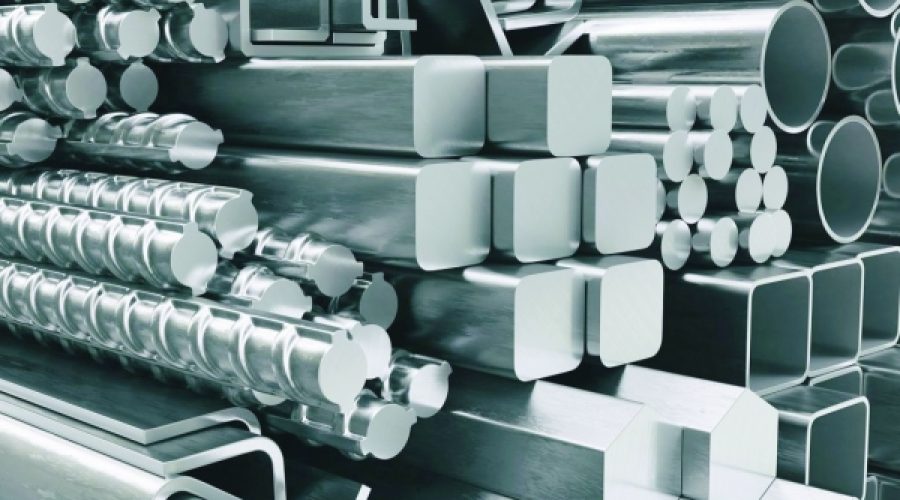Oman’s Steel Sector Embraces Green Transition: Implications for Investors and Business Leaders in Global Markets
MUSCAT: Oman is poised to emerge as a global leader in the green iron and steel industry, leveraging its natural advantages and robust industrial base through strategic planning.
A new report from the Institute for Energy Economics and Financial Analysis (IEEFA) assesses Oman’s industrial prospects as the decarbonization of iron and steel production accelerates. According to Soroush Basirat, Energy Finance Analyst at IEEFA and author of the report, Oman at the Frontline of the Green Steel Transition, the nation is well-positioned to capitalize on this transition and establish itself as a prominent international hub.
“Oman is one of the few countries in the Middle East and North Africa (MENA) region with an integrated steelmaking supply chain,” Basirat notes. “This established industrial base provides a solid foundation for transitioning towards low-emission iron and steel production—and ultimately green iron and steel.”
Oman’s supply chain encompasses various stages, including iron ore concentration, pelletizing, direct reduction, and electric arc furnace (EAF) facilities, with plans for domestic iron ore concentration enhancements. The industrial setup is conducive for the shift to low-emission iron and steelmaking, particularly with its advanced capabilities in producing iron metallics, such as direct reduced iron (DRI), which can initially be generated using fossil gas and, in the future, green hydrogen.
While gas-based DRI is emissions-intensive, it does not permit the production of green iron and steel. Transitioning from gas to green hydrogen is essential for new DRI projects to realize market advantages linked to sustainable practices.
Oman also benefits from substantial renewable energy potential and significant investments in solar and wind power, which can provide consistent, affordable clean energy crucial for the energy needs of EAFs and electrolysers used to produce green hydrogen.
The nation has a well-defined strategy aiming to become a key player in green hydrogen production, targeting an output of 1-1.5 million tonnes by the end of this decade. The steel sector is positioned to be a major consumer within Oman’s developing green hydrogen economy.
In addition, Oman has ample land available for project development and its strategic location offers direct access to sea routes, facilitating exports to significant markets like the EU, Asia, and Southeast Asia.
Oman’s competitive advantages are further bolstered by strong policy support and a favorable regulatory framework. The national development strategy, Oman Vision 2040, aims to achieve a non-oil GDP share exceeding 90%, reducing dependence on fossil fuels. The hydrogen strategy involves comprehensive planning across various sectors, including infrastructure development, incentives, and securing offtakers for hydrogen initiatives.
Historically, Oman’s iron and steel sector has been dominated by Jindal Group and Vale. However, new participants such as Meranti Green Steel, Mitsui, and Kobe Steel, as well as green hydrogen developer ACME Group, are entering the market, reshaping its dynamics. These new projects are set to utilize a blend of gas and hydrogen from inception, with clear timelines for increasing hydrogen use.
“Oman stands at a pivotal moment,” emphasizes Basirat. “With the potential to supply green iron to the EU at competitive prices, the country holds significant advantages over other producers and is well-positioned to lead the transition to green iron and steel through a structured approach.”
Special Analysis by Omanet | Navigate Oman’s Market
Oman’s strategic positioning in the emerging green iron and steel industry offers significant opportunities for businesses to capitalize on a shift towards sustainable practices. The potential for cheap, reliable clean energy not only enhances competitive advantages but also aligns with the Oman Vision 2040 initiative, reducing reliance on fossil fuels. Smart investors and entrepreneurs should consider leveraging the country’s abundant resources and favorable regulatory environment to establish themselves in the burgeoning green hydrogen market.



